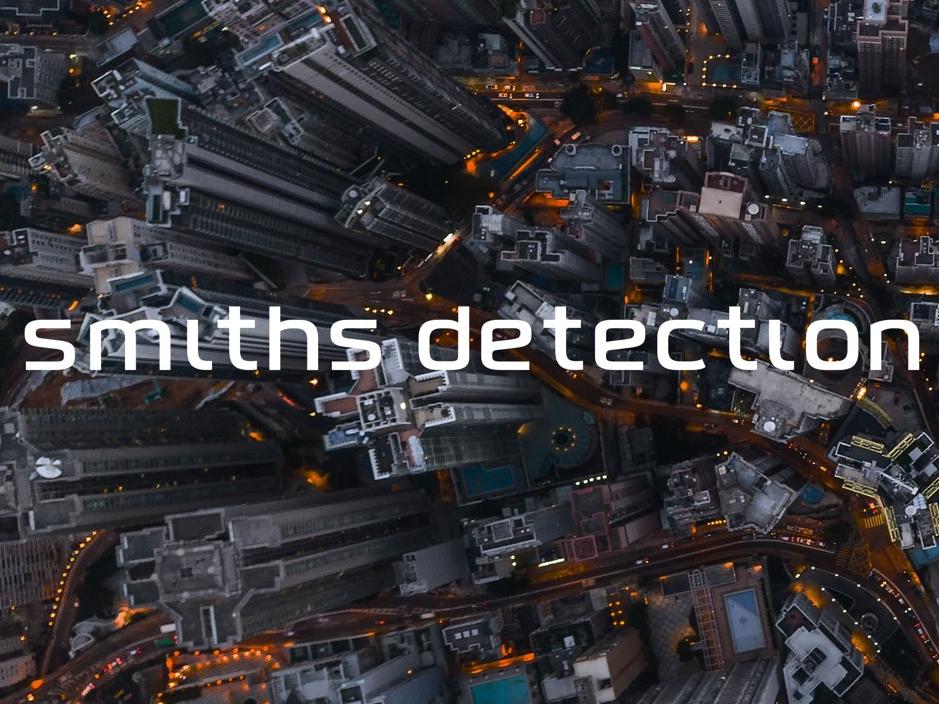
Brian Sims
Editor

Brian Sims
Editor
SMITHS DETECTION, the developer of threat detection and security screening technologies, is partnering with Riskaware (the incident modelling specialist) in launching UrbanAware, an end-to-end platform designed to augment, integrate and digitise the delivery of chemical, biological, radiological and nuclear (CBRN) hazard intelligence in real-time during an incident.

This joint solution not only closes the gap between data collection, analysis and strategic awareness of CBRN threats, but it also brings insights closer to the tactical edge, enabling stakeholders to quickly identify and understand chemical and other hazards in the field.
Threats can be seen in real-time on a map in relation to the team’s position, thus providing critical and potentially life-saving intelligence. Likely next stages of a chemical attack or accidental industrial release can also be forecast using the simulation capabilities.
Joint mission
Dr Sarah Robinson, global industry director for defence at Smiths Detection, said: “Our partnership represents a joint mission to create safer spaces and address complex global challenges in order to protect people, environments, infrastructure and societies worldwide. First responders and military planners need to act quickly when faced with disaster management. UrbanAware enables incredibly fast access to critical information. When combined with sensor data, it becomes a very powerful tool as a situation unfolds, duly supporting faster and more informed response strategies.”
Landscape and population considerations make it challenging to evaluate the potential impact of any incident and determine the best course of action. As the name suggests, UrbanAware is optimised for these complex urban environments where the topography of streets and buildings influences the dispersion of airborne hazards. Typical use cases range from planning evacuation routes in a civil emergency through to establishing optimal cordon areas based on predictive hazard modelling.
Underpinning Riskaware’s CBRN system is the Hazard Assessment Simulation and Prediction (HASP) Suite, which was developed over two decades by the Defence Science and Technology Laboratory and is licensed to Riskaware by Ploughshare.
The HASP Suite was originally developed to provide rapid hazard prediction in complex urban environments in a matter of minutes, greatly improving upon previous models. It also takes into consideration the interactions between indoor and outdoor dispersion and is able to estimate source parameters, such as location, discharge time and the amount of substance released.
Integrating these robust capabilities with Smith Detection’s firmly established chemical sensor affords defence and security organisations a rich hazard modelling solution which surpasses any traditional options.
Wider audience
Dr James Christley, senior principal scientist at dstl, stated: “Sustained defence investment in science and technology consistently produces innovation that protects lives. We’re pleased that dstl’s work, developed originally for UK defence, will be exploited to benefit a wider audience.”
Simon Agass, business development director at Riskaware, added: “We’ve worked with multiple military agencies and have seen that the available CBRN solutions are highly manual and not fit for purpose in today’s threat landscape. Bringing together our comprehensive CBRN modelling capabilities with Smiths Detection’s sensor technology provides a, end-to-end CBRN incident response capability that saves critical time and informs targeted action.”
*Further information is available by accessing the Smiths Detection website at www.smithsdetection.com